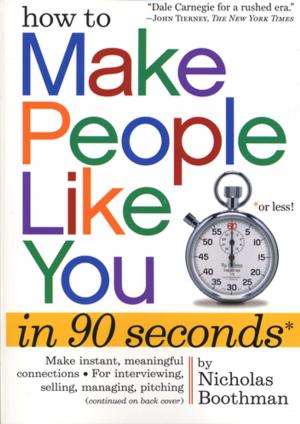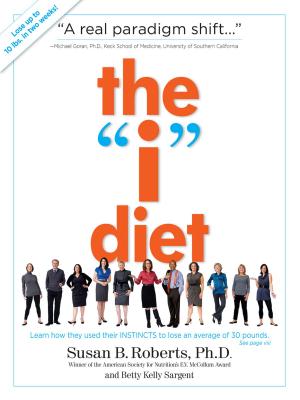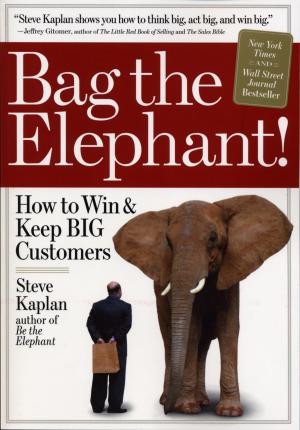| Author: | Lee Reich | ISBN: | 9780761172024 |
| Publisher: | Workman Publishing Company | Publication: | January 8, 2000 |
| Imprint: | Workman Publishing Company | Language: | English |
| Author: | Lee Reich |
| ISBN: | 9780761172024 |
| Publisher: | Workman Publishing Company |
| Publication: | January 8, 2000 |
| Imprint: | Workman Publishing Company |
| Language: | English |
Conventional wisdom says to garden from the bottom up, turning over the soil every spring until your back aches. Ironically, this does such a good job aerating that gardeners spend the rest of the season pulling weeds and replacing the suddenly energized (and easily used up) nutrients. Mother nature, on the other hand, gardens from the top down-layering undisturbed soil with leaves and other organic materials. In following this example and synthesizing the work of other perceptive gardeners, Lee Reich presents a compelling new system called weedless gardening.
The Weedless Garden is good for plants and it's good for people. It protects the soil, contributes to plant health, reduces water needs, cuts down on a gardener's labor, encourages earthworms and, of course, mitigates weed problems by keeping the seeds dormant. Four basic tenets form the system's backbone-minimize soil disruption; protect soil surface; avoid soil compaction; use drip irrigation-and the way to get there is simple. For a new bed or established garden, layering is key, and the perfect material to use is also among the most common-newspaper. Add organic mulch and compost on top, and plants are growing in rich, self-generating humus. From vegetable gardening to flower gardens to planting trees, shrubs, and vines, The Weedless Garden works everywhere-allowing the gardener to work quite a bit less.
Conventional wisdom says to garden from the bottom up, turning over the soil every spring until your back aches. Ironically, this does such a good job aerating that gardeners spend the rest of the season pulling weeds and replacing the suddenly energized (and easily used up) nutrients. Mother nature, on the other hand, gardens from the top down-layering undisturbed soil with leaves and other organic materials. In following this example and synthesizing the work of other perceptive gardeners, Lee Reich presents a compelling new system called weedless gardening.
The Weedless Garden is good for plants and it's good for people. It protects the soil, contributes to plant health, reduces water needs, cuts down on a gardener's labor, encourages earthworms and, of course, mitigates weed problems by keeping the seeds dormant. Four basic tenets form the system's backbone-minimize soil disruption; protect soil surface; avoid soil compaction; use drip irrigation-and the way to get there is simple. For a new bed or established garden, layering is key, and the perfect material to use is also among the most common-newspaper. Add organic mulch and compost on top, and plants are growing in rich, self-generating humus. From vegetable gardening to flower gardens to planting trees, shrubs, and vines, The Weedless Garden works everywhere-allowing the gardener to work quite a bit less.















